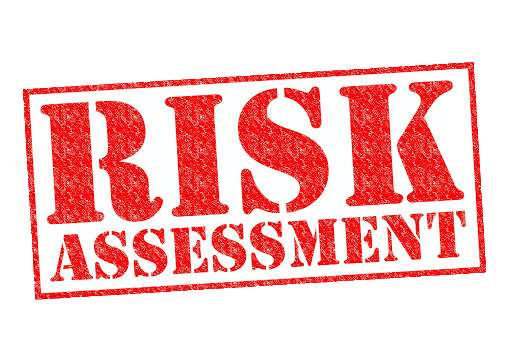Steps needed to manage risk
Risk management is a step-by-step process for controlling health and safety risks caused by hazards in the workplace.
You can do it yourself or appoint a competent person to help you.
- Identify hazards.
- Assess the risks.
- Control the risks.
- Record your findings.
- Review the controls.
Identify hazards
Look around your workplace and think about what may cause harm (these are called hazards). Think about:
- How people work and how plant and equipment are used.
- What chemicals and substances are used?.
- What safe or unsafe work practices exist.
- The general state of your premises.
Look back at your accident and ill health records as these can help you identify less obvious hazards. Take account of non-routine operations, such as maintenance, cleaning or changes in production cycles.
Think about hazards to health, such as manual handling, use of chemicals and causes of work-related stress.
For each hazard, think about how employees, contractors, visitors or members of the public might be harmed.
Assess the risks
Once you have identified the hazards, decide how likely it is that someone could be harmed and how serious it could be. This is assessing the level of risk.
Decide:
- Who might be harmed and how?.
- What you’re already doing to control the risks.
- What further action you need to take to control the risks.
- Who needs to carry out the action?.
- When the action is needed by.
Control the risks
Look at what you’re already doing, and the controls you already have in place. Ask yourself:
- Can I get rid of the hazard altogether?.
- If not, how can I control the risks so that harm is unlikely?.
If you need further controls, consider:
- Redesigning the job.
- Replacing the materials, machinery or process.
- Organizing your work to reduce exposure to the materials, machinery or process.
- Identifying and implementing practical measures needed to work safely.
- Providing personal protective equipment and making sure workers wear it.
Put the controls you have identified in place. You’re not expected to eliminate all risks but you need to do everything ‘reasonably practicable’ to protect people from harm. This means balancing the level of risk against the measures needed to control the real risk in terms of money, time or trouble.
Record your findings
If you employ 5 or more people, you must record your significant findings, including.
- The hazards (things that may cause harm).
- Who might be harmed and how?.
- What you are doing to control the risks.
Review the controls
You must review the controls you have put in place to make sure they are working. You should also review them if:
- They may no longer be effective.
- There are changes in the workplace that could lead to new risks such as changes to:
- Staff.
- A process.
- The substances or equipment used.
Also consider a review if your workers have spotted any problems or there have been any accidents or near misses.
Update your risk assessment record with any changes you make.


